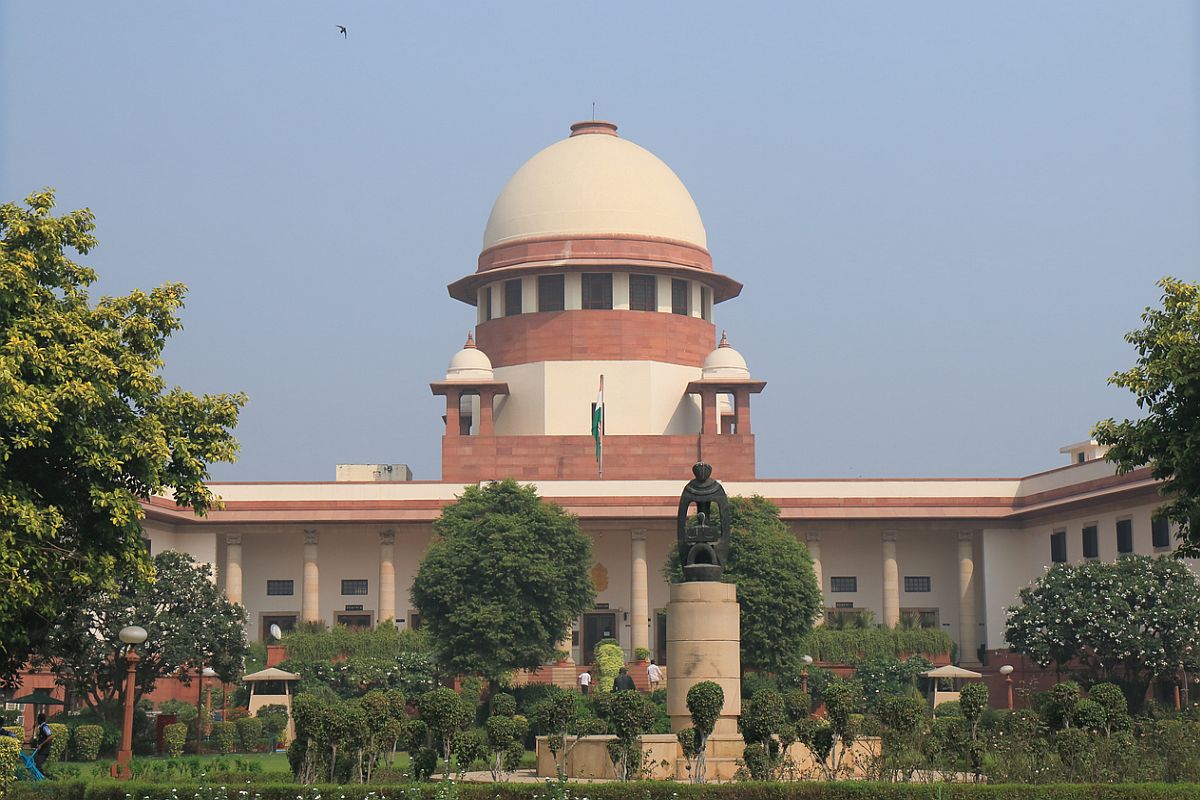A three-judge Bench of the Supreme Court of India, by a majority of 2:1, while answering a reference in the case of Tofan Singh Vs. State of Tamil Nadu, on 29 October 2020 in Criminal Appeal No. 152 of 2013, held that officers who are invested with powers under Section 53 of “The Narcotic Drugs and Psychotropic Substances Act, 1985 (NDPS)” are “police officers” within the meaning of Section 25 of the Evidence Act and, therefore, any confessional statement made before them would attract the bar of Section 25 of the Evidence Act and cannot be taken into account to convict an accused.
The judgment is pathbreaking indeed as it does not discriminate between the colour of the uniform worn by various investigative agencies under various statutes but holds what is important are the powers and functions exercised by such officers under their respective statutes.
Advertisement
The Constitution of India is our own Magna Carta and is uncompromising in protecting individual liberties of its citizens.
The liberties in the nature of fundamental rights are enshrined in Part III of the Constitution.
The most inviolable of these – the right to life and personal liberty – is set out in Article 21 and is considered to be the soul of the Constitution.
The Supreme Court, as the ultimate custodian of fundamental rights of the citizens and the final interpreter of the Constitution, is often called upon to decide vexed legal issues including examining special statutes containing draconian provisions that seek to ride roughshod over salutary safeguards in the Constitution. For instance, it is elementary that an accused has a right of silence and the prosecution has to prove its case to the hilt to secure a conviction.
This Constitutional safeguard against testimonial compulsion is enshrined in Article 20 (3) of the Constitution, Section 162 of the Code of Criminal Procedure and Section 25 of the Evidence Act. In Tofan Singh (supra) the Hon’ble Supreme Court has noticed various “stringent” provisions of the NDPS Act including presumptions in various sections in which the burden of proof is reversed, now being on the accused.
These presumptions are to be found in Sections 35, 54 and 66. Further, the Supreme Court has analyzed the provisions that kickstart an “investigation” under the Act. Firstly, an officer empowered by the Central Government under Section 42 of the Act has the power of entry, search, seizure and arrest without warrant or authorization. Under Section 67, such officer has the power to call for information.
The “enquiry” made by such officer is to enable him to gather “information” to satisfy himself that there is “reason to believe” that an offence has been committed in the first place. Further, under Section 52(3) every person arrested and articles seized under Sections 41 to 44 shall be sent to the nearest police station for them to “investigate” or to the officer under Section 53 who would then investigate to find out if an offence had been committed.
Also, Section 67(c) uses the expression “examine” and such “examination” of a person is to gather information for the purposes of satisfying himself that there is “reason to believe” that an offence has been committed. Now, the most critical question viz. whether an officer designated under Section 53 of the NDPS Act can be said to be a police officer? The Supreme Court examined various judgments under various statutes including its judgment in State of Punjab Vs. Barkat Ram (2:1) (1962) 3 SCR 338 which held that under the Land Customs Act, 1924 a Customs Officer was not a police officer for the purpose of attracting the bar under Section 25 of the Evidence Act.
What weighed with the Court in the said case was that the Customs officer was not really concerned with detection and punishment for the crime but for prevention of smuggling of goods and safeguarding customs duties.
In Raja Ram Jaiswal Vs. State of Bihar AIR 1964 SC 828, by a majority of 2:1, the Supreme Court inter-alia held that a confession made to an Excise Inspector under the Bihar and Orissa Excise Act of 1915, would be a confession made to a police officer for the purpose of Section 25 of the Evidence Act.
The Supreme Court in its present judgment has also referred to Balkishan A. Devidayal vs. State of Maharashtra (1980) 4 SCC 600 and State of UP Vs. Durga Prasad (1975) 3 SCC 210 where the Court had considered the Railway Protection Force as not being police officers since their job is to protect railway property and to handover the person arrested to a police officer or cause his production in the nearest police station.
This judgment after considering various pronouncements dealing with a host of other statutes succinctly lays down the law holding that NDPS Act is different from the other revenue statutes and the railway statute since the designated officer under Section 53 is invested with the powers of an officer in charge of a police station and the non-obstante clause in Section 36 A (1) of the NDPS Act makes the procedure clear – that a complaint by the authorised officer has to be presented before a Special Court which shall take cognizance of the offence.
The majority judgment (2:1) authored by Justice R.F. Nariman and concurred with by Justice Navin Sinha has held that the officers who are invested with powers under Section 53 of The Narcotic Drugs and Psychotropic Substances Act, 1985 (NDPS) are “police officers” within the meaning of Section 25 of the Evidence Act and, therefore, any confessional statement made before them would attract the bar of Section 25 of the Evidence Act and cannot be taken into account to convict an accused.
The minority judgment authored by Justice Indira Banerjee has delved into the menace of drugs and psychotropic substances in the society and the primary objective of the Act being to provide for forfeiture of property derived from or used in illicit traffic in these substances and to implement various international conventions on narcotic drugs and psychotropic substances.
This view has weighed predominantly in her conclusion.
The minority judgment has painstakingly referred to all the judgments referred to in the majority judgment to hold that the conferment of the powers of an officer in charge of a police station, on a government officer, for the purposes of an investigation of an offence under a special Act, would not include the power to submit a report under Section 173 of Cr.P.C. However, with all the humility at my command, I must mention that the minority judgment has not dealt with the most important non-obstante clause in 36A of the Act which is a complete code in itself and specifically provides for filing of a complaint by the authorized officer under Section 53 before a Special Court and the Special Court thereupon taking cognizance of the same.
The statement of law in the present judgment is likely to stir a debate with regard to the opaqueness in the investigative procedure especially in statutes like the Prevention of Money-Laundering Act, 2002 (PMLA). It must be borne in mind that the two Acts namely the NDPS Act and the PMLA Act are joined by an umbilical cord with strikingly similar provisions, with the former giving birth to the latter.
The recording of an “Enforcement Case Information Report (ECIR)” for a scheduled offence and attachment, search and seizure for formation of a reasonable belief of money laundering or existence of proceeds of crime would have to stand stricter legal scrutiny in light of the present judgment.
The writer is Senior Advocate, Supreme Court of India.











